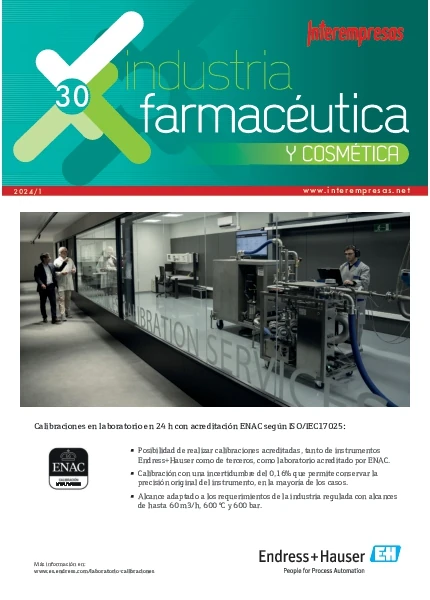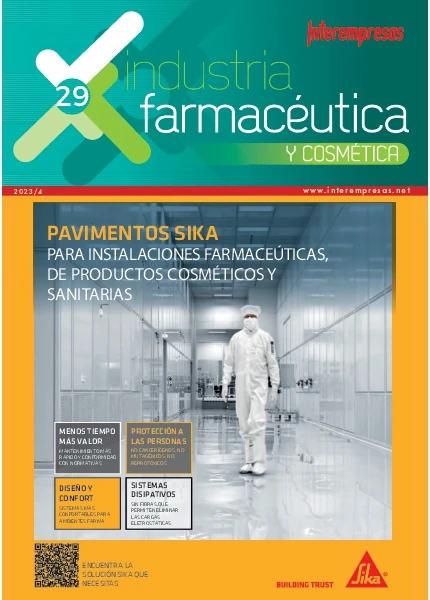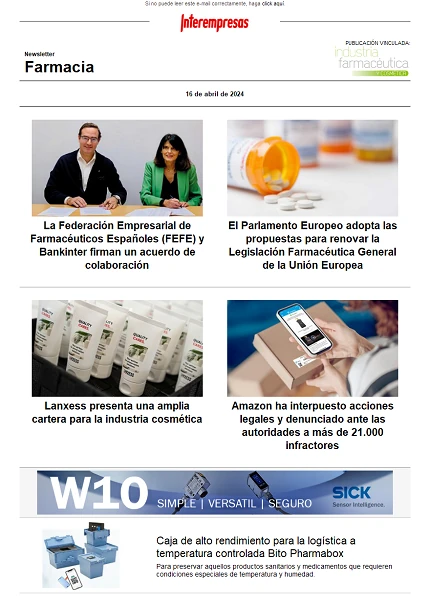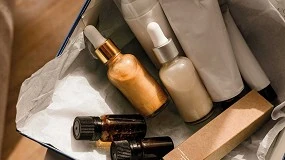Gas analysis today Pursuing speed and accuracy
And the world of gas analysis is getting tougher. Managers are demanding the highest possible standards of accuracy to help them to detect the presence of components at extremely low concentrations – sometimes down to just one or two parts per billion (ppb). The accuracy of the analysis can be important for a number of reasons – for example, not just ensuring compliance with emissions or other environmental legislation, but also providing analytical data which can assist in controlling each stage of the production process.
However, gas analysis is a time-consuming and costly process and there is considerable pressure on analysts to get the job done as quickly and efficiently as possible. In recent years, an increasing amount of routine gas analysis has been farmed out to contract laboratories, which are geared up to turnaround work quickly and accurately. Typically, this work involves testing samples of product and/or raw materials as part of the quality control process.
In these cases, the analysts usually know what they are looking for and as it is fairly repetitive and the same gases are used, the work can be turned around relatively quickly. Not all gas analysis is this straightforward, however. For research laboratories at chemical, pharmaceutical and petrochemical companies, for example, the demands on such processes can be much greater. Often, the analyst is uncertain what he or she is looking for and the lowest possible detection rates are critical.
Responding to growing demand for efficient and effective analysis, process managers and analysts have been turning to higher quality gas products that give them extra assurance that the results delivered will be accurate every time.
One of the most popular, game-changing technologies in the field of gas analysis in the last few decades has involved changes made to the gas cylinder itself. In the case of ultra-high-purity gases, which are typically used as carrier gases, recent technological advances mean that external purification is no longer necessary to guarantee consistent, high purity. Instead, Air Products’ patented BIP technology is providing gases such as helium, argon, nitrogen and hydrogen with less than 10 ppb oxygen and less than 20 ppb moisture from the first to the last molecule. This is obviously a major step forward and removes a significant hassle factor for the analyst by eliminating the need for external purification. It also helps to improve the consistency of the analytical results and extend the life of the column by significantly reducing the risk of damage caused by impurities in the carrier gas.
New filling techniques and cylinder treatments have also helped to ensure the reliability of results by ensuring that even the most complex calibration mixtures are of a consistently high quality. These techniques have been developed based on years of experience in the production and supply of ultra-high-purity gases and calibration gas mixtures and draw on detailed knowledge about how individual gas components behave, at varying pressures and in different gas mixtures. By applying the right cylinder treatment and using appropriate filling techniques, for example by adapting the way the compounds are weighed and added to the cylinder, the stability of a gas mixture can be significantly improved. These filling techniques are especially useful for calibration mixtures in the sub-ppm range or with reactive mixture components where long term stability is critical and difficult to achieve.
When performing emissions testing applications, a high degree of accuracy is essential to demonstrate compliance with environmental legislation and for this reason, most analysts and process managers choose to use calibration gas mixtures that specify uncertainties for each gas component individually and offer full traceability to national standards. Recent advances in the manufacture of these gas products mean that many now come with a 10-year shelf life.
As analysts come under pressure to improve their speed and efficiency, this will need to be achieved without compromising quality. In many industries, inaccuracy is no longer acceptable and managers are demanding highly accurate analyses and improved limits of detection, time after time.





























